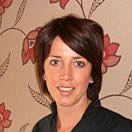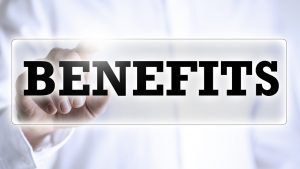Protecting Your Skin – From the Inside Out
March 30th, 2018 by Orla
A quick google confirms that our skin is an organ and its main function is one of protection, protection from pathogens and excessive water loss as well as insulation, temperature regulation and production of vitamin D folates. So it makes sense that we should make every effort to protect this hugely important organ.
Wanting to look our best is probably one of the biggest motivating factors for minding our skin, so here are a few guidelines about what our skin needs to work optimally and then hopefully as a result look the best it can!
Vitamin C – this water soluble antioxidant is vital for synthesis of collagen and elastin. It is a powerful free radical (baddie that causes aging amongst other issues) scavenger.
Free radicals are constantly being produced just by existing.
I like Pukka Natural Vitamin C as a supplement – it is a food source supplement which means it has all the other important co-factors required for optimum absorption. Added bonus is that your immune system will be supported by this super vitamin also!
Essential Fatty Acids – essential as our bodies can’t make them so we need to consume them! Oily fish, avocados, nuts/seeds to name a few, are easy to take in regularly. You can also supplement, just look out for supplements that do not contain added synthetic vitamins such as A and D – I like Nordic Naturals Arctic Cod Liver Oil or Rositas, both are available online. I have only listed Omega 3 supplements as they are the hardest ones to get enough of and are the ones that help to fight inflammation.
Rositas is not for the faint hearted – it’s pretty fishy, I’m used to it now but I definitely prefer the taste of the Nordic Naturals.
Our skin cells all need fats (good fats – like the ones mentioned above), eating a low fat diet is very bad for your skin (as well as the rest of you!). Eliminating highly processed foods and sugars will improve your skin… and your waistline!
Drink lots of good quality water, apart from flushing out skin damaging toxins it is also required for every cell in your body, including your skin cells – imagine your whole body becoming prune like from dehydration… not good!
Get a sensible amount of sunlight to make sure your getting your vitamin D in BUT do not burn, from the point of view of your face and chest I would recommend protecting it every day. We love the Image Skincare Prevention + SPF’s here at Lady G.
Thanks for reading,
Orla














